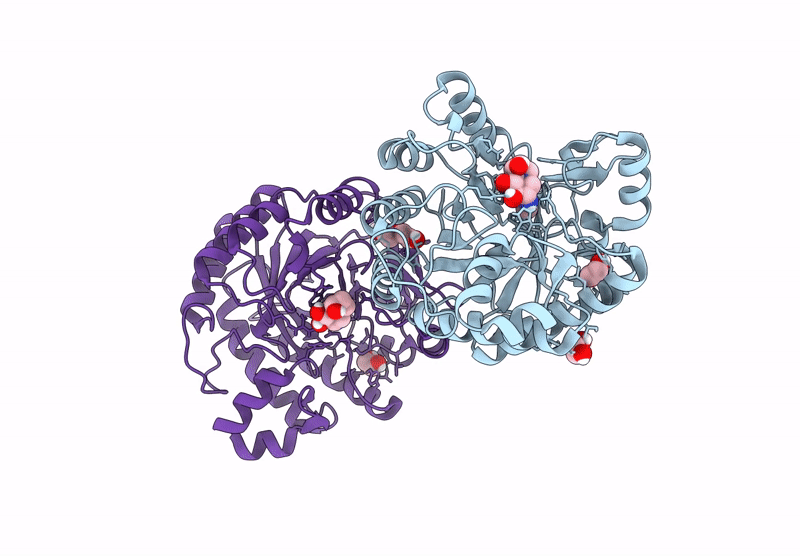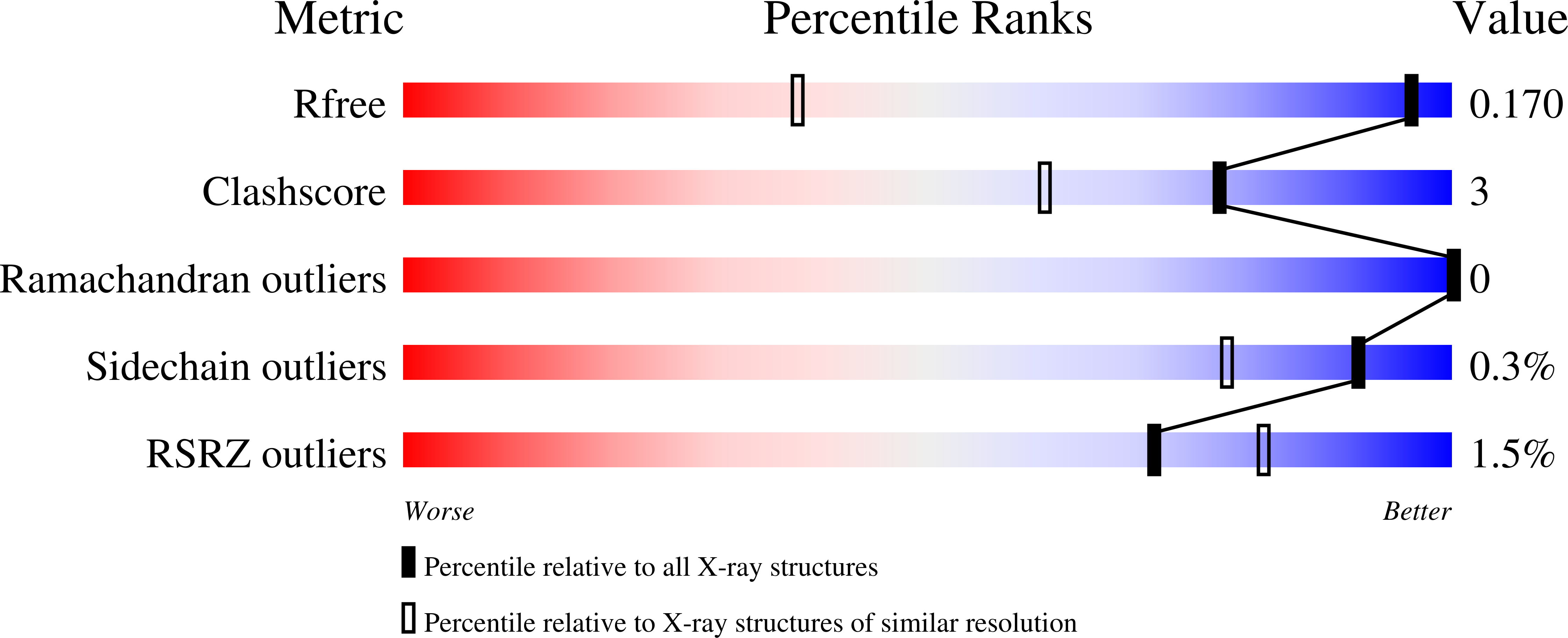
Deposition Date
2023-08-25
Release Date
2025-03-12
Last Version Date
2025-03-19
Entry Detail
Biological Source:
Source Organism:
Lactiplantibacillus paraplantarum (Taxon ID: 60520)
Host Organism:
Method Details:
Experimental Method:
Resolution:
1.05 Å
R-Value Free:
0.16
R-Value Work:
0.14
Space Group:
P 1 21 1


